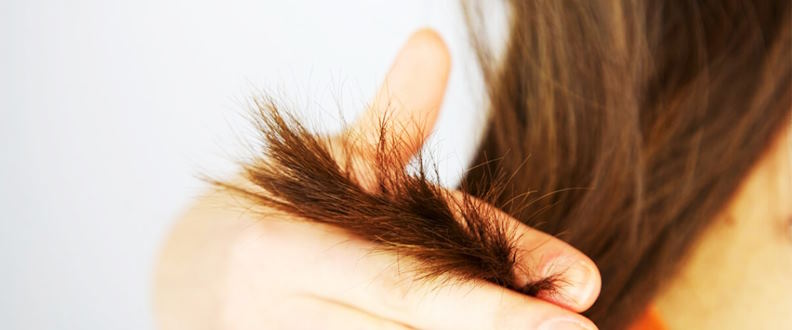Split ends, those pesky, frayed hair tips, are a widespread concern for many. They can make hair look dull, unhealthy, and difficult to manage, leading to frustration and a myriad of attempts to remedy them. Despite their prevalence, there is a surprising amount of misinformation surrounding the causes, treatments, and prevention of split ends.
What are widespread myths about split ends?
Split Ends Can Be Repaired
One of the most pervasive myths is that certain products can permanently repair split ends. While some procedures and treatments can temporarily seal split ends and improve their appearance, the only true solution is to trim them off. Once the hair shaft is split, it cannot be fully restored to its original state.
Split Ends Are Only Caused By Heat Styling
While heat styling is a well-known culprit behind split ends, it’s not the sole offender. Chemical treatments, sun exposure, excessive brushing, and even rough towel drying can all play a role in causing split ends.

Using Expensive Products Prevents Split Ends
While high-quality hair care products can help maintain hair health, they cannot entirely prevent split ends. The key to minimizing split ends is a combination of correct hair care practices, including gentle handling, regular trims, and protecting hair from excessive damage.
Split Ends Only Affect Long Hair
Split ends don’t discriminate based on hair length. While longer hair might be more vulnerable because of its age and exposure, short hair isn’t exempt. Harsh treatments and styling practices can also lead to split ends in shorter hair.
Brushing Hair Frequently Prevents Split Ends
Despite the notion that frequent brushing spreads natural oils and prevents split ends, over-brushing can actually cause more harm and lead to breakage. To avoid creating additional split ends, it’s essential to brush gently and use the appropriate tools and methods.
Split Ends Stop at the Ends of Your Hair
Once split ends develop, they can progress further up the hair shaft if left untreated. It can result in more severe damage and necessitate more extensive trims. To prevent this escalation, regular upkeep and timely trimming of split ends are crucial.


 Love beauty hacks?
Love beauty hacks?